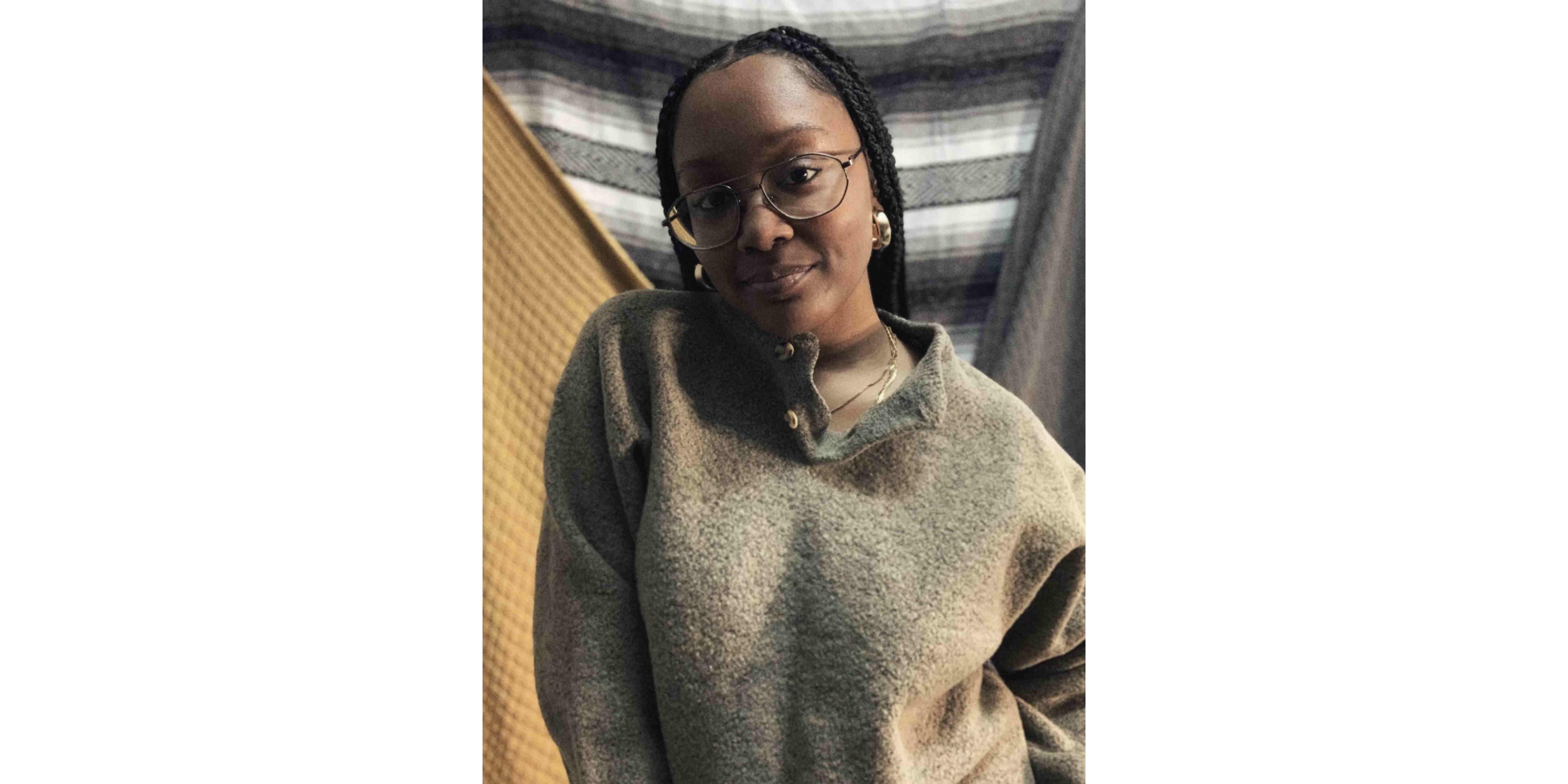
Director Jada George
Seeing True Colors: Jada George’s Cinematic Eye and Signature Visuals Reveal the State of the World
By Ruby ThompsonOct. 29 2025, Updated 9:14 a.m. ET
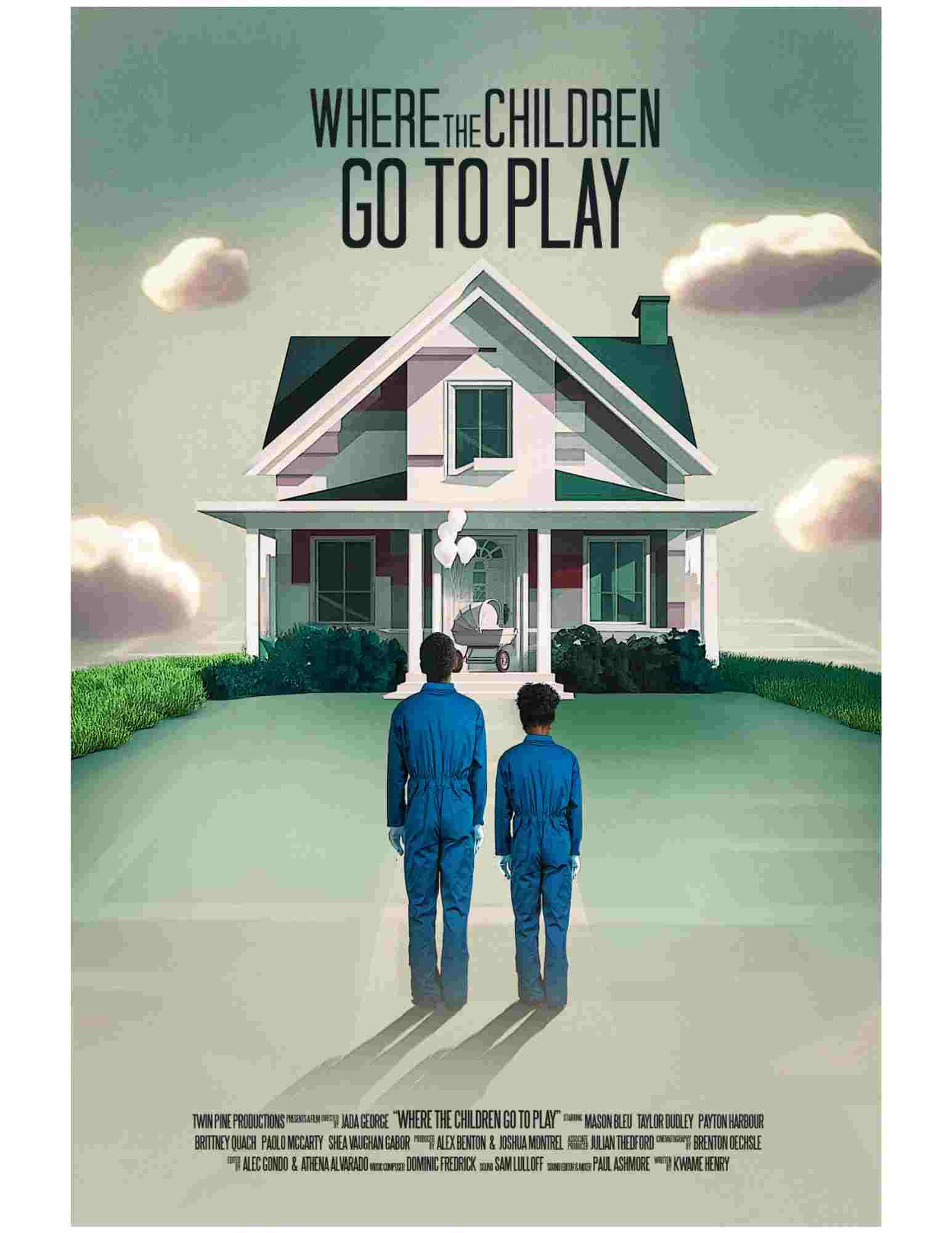
Set almost entirely in a single room, this minimalist sci-fi short refines the horrors of a mechanized justice system into a quiet, devastating psychological showdown.
In 2018, Jada George started her career as part of the HBCU in LA program, where she was paired with Paramount Pictures for a 10-week-long internship of hands-on experience–setting the bar high and showing herself that everything she’d dreamed of was possible.
George has always had a cinematic eye. She took advantage of the city surrounding her by getting into concert photography, capturing photos of artists like Ari Lennox. Her photos were a memento of what she’ll create in the future in film; “I’m big on visuals. I think we just live in such a visual world where it’s like even when I’m walking down the street here in LA, I can look at someone sitting at a bus stop and I’m already imagining like, okay, what’s their story?”
This visual sensitivity would later guide her directorial approach–creating scenes that, in her words, “look like something that could be painted. I want it to be a perfect still. So, I’m really specific when it comes to my shots.”
Shortly after moving to LA full time in 2019, George met episodic director Pete Chatmon at a wrap party for Mixed-ish,which led to George becoming his assistant. Working alongside Chatmon became what she affectionately calls “The Chatmon Film School,” where she was shadowing, prepping, learning the business side, and the logistics.
Those lessons culminated in her first directorial project, Where the Children Go to Play.
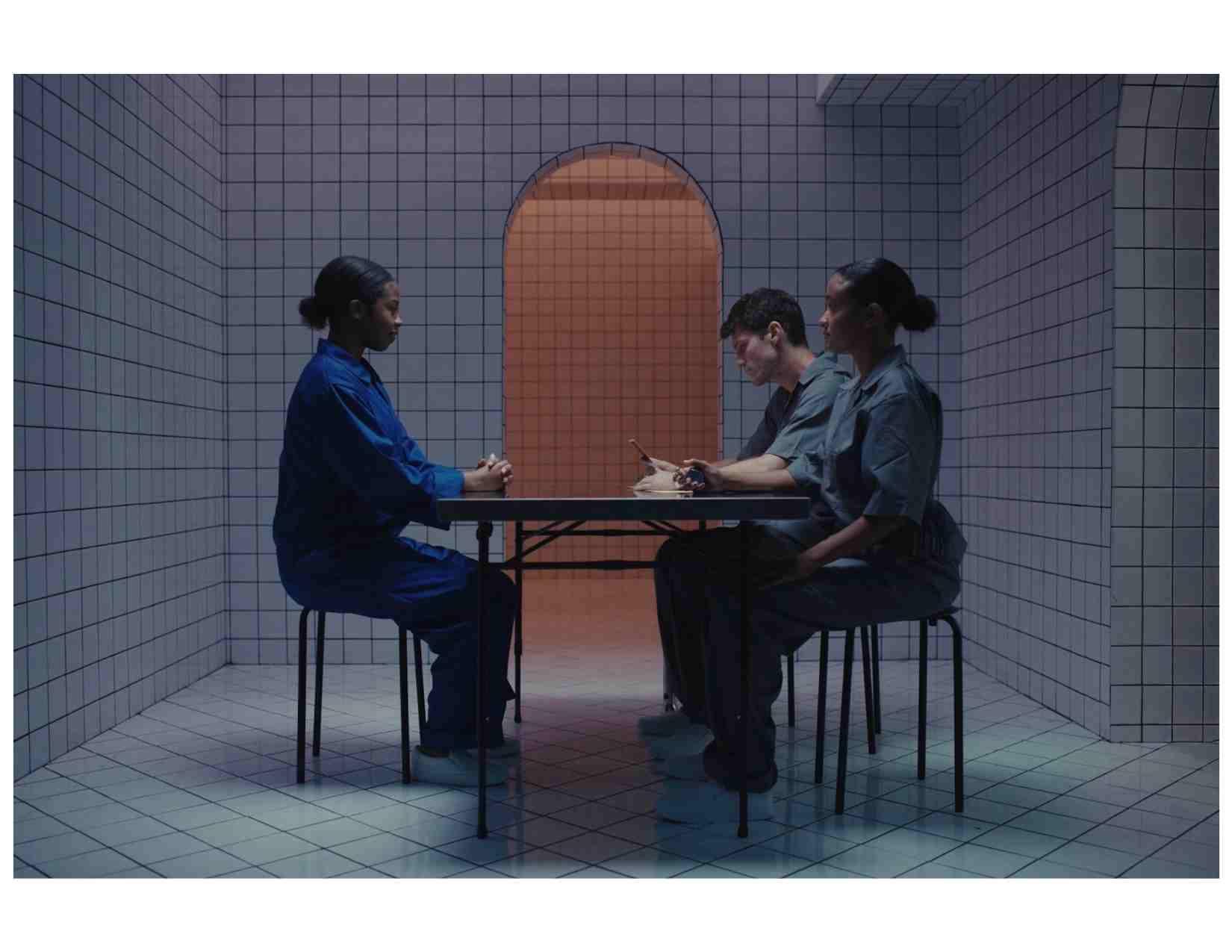
Still from "Where the Children Go to Play"
At its core, her film is a minimalist, near-future dystopia centered on two young characters, Seven and Salana, subjected to a cold, synthetic evaluation of their humanity. In a single-room setting, they are interviewed by what George imagined as AI proctors and forced to confront their fears and emotional triggers.
George says the inspiration came from the state of our world today and conversations about artificial intelligence, surveillance, and control, filtered through her own interest in works like Black Mirror and What Happened to Monday. “I loved how they tackled themes like reproductive rights and societal control.”
But what makes the film so arresting is its focus on character. “It’s really about emotional labor,” George explains. “Seven is visibly anxious, constantly shaking her leg or biting her nails. Salana plays it tough. But over time, we see the emotional roles reverse. That reversal is the emotional climax.”
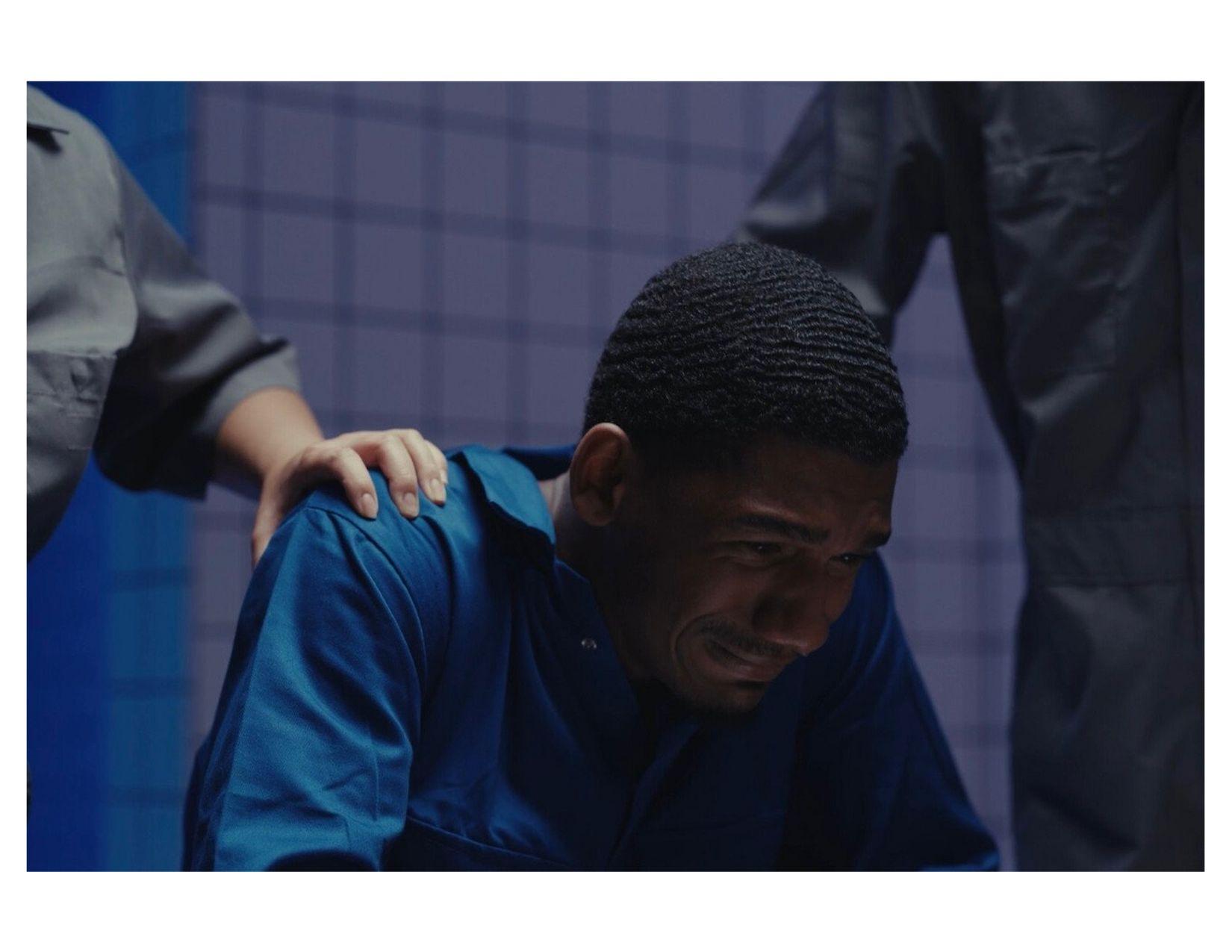
Still from "Where the Children Go to Play"
Though Where the Children Go to Play leans into sci-fi and dystopia, George is quick to clarify she isn’t tied to one genre. “People think you have to pick a lane, but I think your visual style is what carries across genres. For me, it’s about making sure the shot tells the story–no matter what kind of story it is.”
One of her most formative on-set experiences came from working as a production assistant on Grey’s Anatomy, a show she grew up watching. “It was magical,” she says. “Driving Ellen Pompeo to set, watching Debbie Allen direct, I learned how much effort, energy, and love goes into even a single scene.”
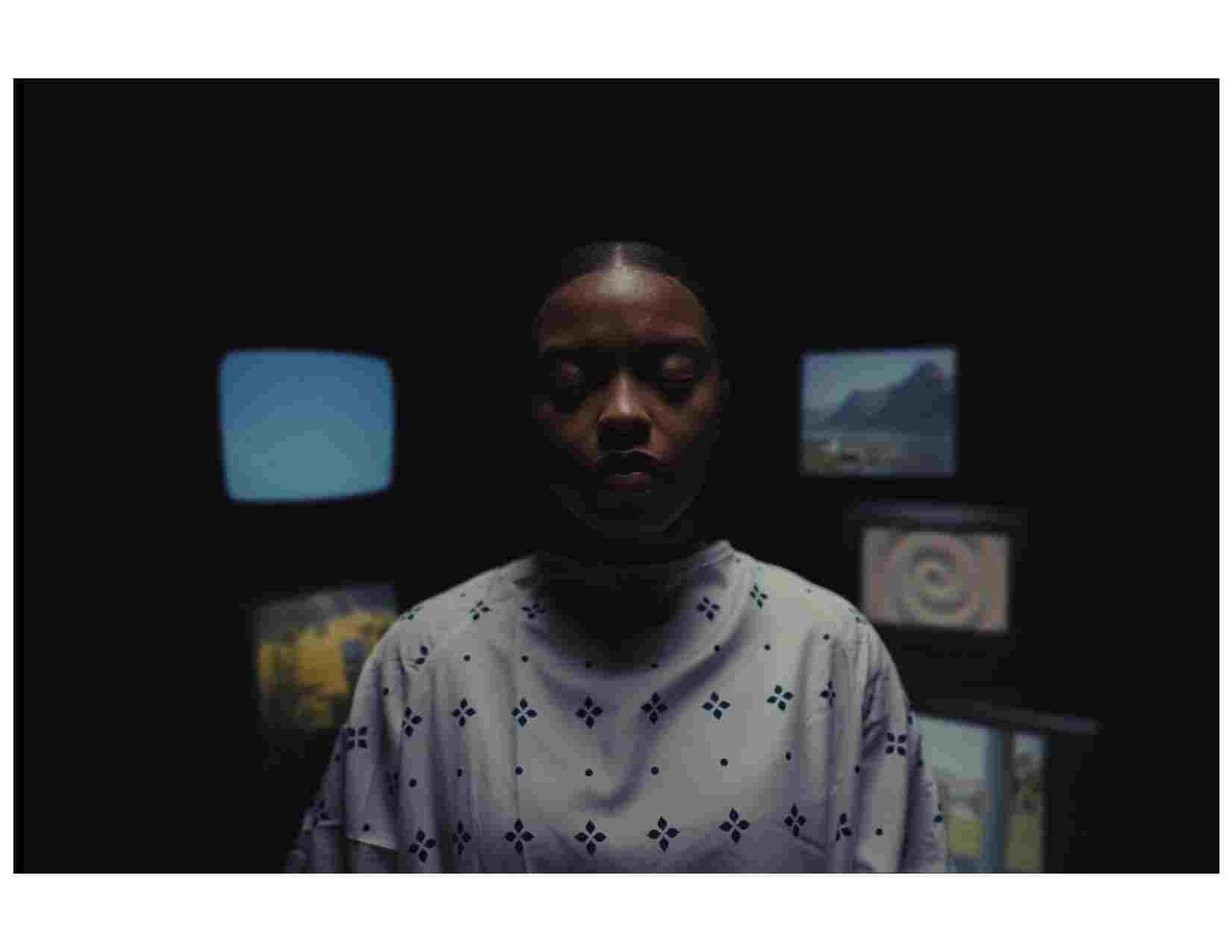
Still from "Where the Children Go to Play"
Despite now being a rising director, George remains grounded in that hustle.
If she has one message for young artists, it’s this: stop waiting to be perfect. “Don’t overthink it. Just put your work out,” she says. “People respect the courage it takes to make something. The biggest critic is always yourself.”
As Where the Children Go to Play makes its festival rounds, George is already focused on what’s next. She’s writing, prepping, and still assisting Pete Chatmon, sharpening her skills with every new challenge.
And judging by her trajectory, there’s little doubt she will.

